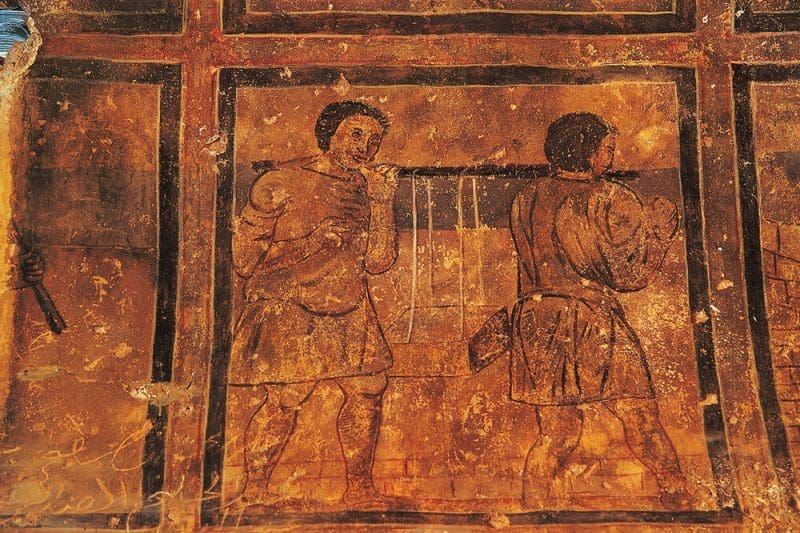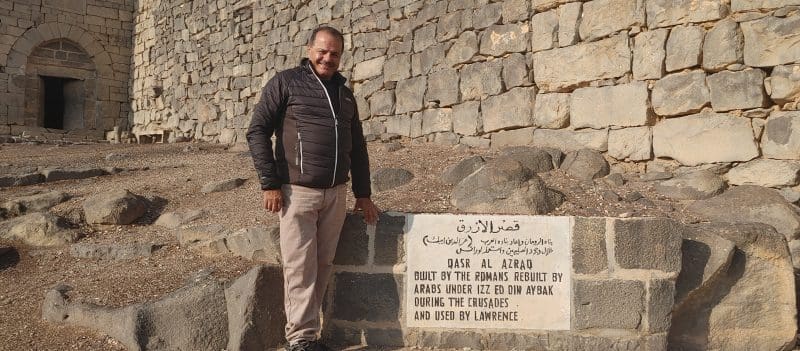Frescoes earn site UNESCO recognition
IAN STALKER
Those who adorned the walls and ceilings of an ancient, still-standing structure in eastern Jordan clearly mastered the art of artistic longevity.
Qasr Amra, which is believed to date back to the first half of the 8th century and was once part of a larger complex built during the region’s Umayyad Dynasty, has earned UNESCO World Heritage Site status, thanks to the many frescoes that can be seen on its walls and ceilings.
The differing, multi-coloured frescoes include images of royalty, naked bathing women, possible Biblical figures, signs of the Zodiac and even a bear playing a guitar and a dancing monkey.
UNESCO says Qasr Amra amounted to a “small pleasure palace.”
Qasr Amra was unnoticed by the Western world until a 19th-century European theologian reached it and then spread word of it.
The architecture of the structure — which was used for bathing, with a well found nearby — is impressive but tour guide Ramzi Samawi says it’s overshadowed by the frescoes.

“The big story is inside,” he states of the site, about an hour from Amman.
Qasr Amra is far from the only historic site in the area, with, for instance, nearby Qasr al-Azraq found where Roman troops were once stationed and which was later rebuilt by others who arrived in the area over the centuries. T.E. Lawrence — best known as Lawrence of Arabia and generally associated with Jordan’s desert landscapes of Wadi Rum — stayed in it, with a sign telling of his time spent there.
“That’s the movie. He was also here,” Samawi says of movie Lawrence of Arabia’s leading people to sometimes associate a man who played a pivotal role in the Arab Revolt with Wadi Rum and coastal Aqaba alone.
Those visiting the fortress will see long-standing walls, towers, a courtyard and an entrance with heavy stone doors that are hinged.
Qasr al-Azraq is by an oasis surrounded by a dry region.
Eagle-eyed Samawi, who was trained as a geologist, says Jordan’s history well predates the Roman era, with him continually spotting rocks in the area east of Amman he can tell were broken into tools by people thousands of years ago, with the nature of the fractures making it evident to him that the breaks didn’t occur naturally.

“Excuse me, I’m a geologist,” he says of his ability to distinguish what caused the rocks to break, adding those interested in ancient history will be in their element in Jordan, which has endless reminders of ancient civilizations.
“Whenever they dig to build houses they find (historically significant) stuff,” he continues.
Samawi can be reached by emailing [email protected].
Tour operators that offer Jordan include Goway Travel, which is willing to customize trips to the country.

















